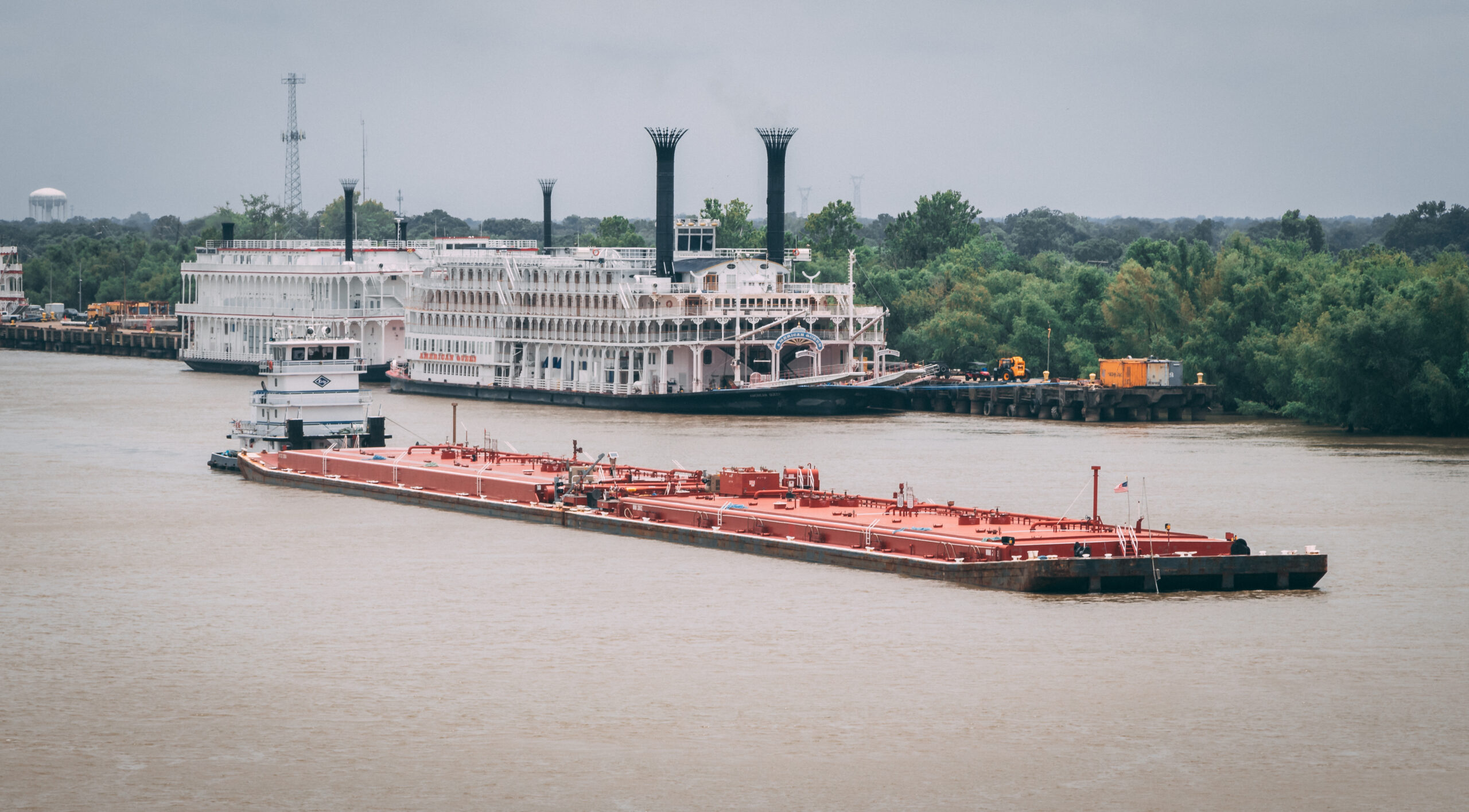The fuels of the future will be impacting everything that we do. They are already impacting commerce, from moving to more electric and natural gas-powered vehicles in cities, to the billions of dollars being diverted to research, development, production, and distribution of these alternative fuels.
Continue readingA Look at Kirby Corporation and Inland Trends
While most vessel owners/operators keep their numbers under wraps, publicly traded companies, such as The Kirby Corporation, publish an annual report of their performance for shareholders. These reports are a wealth of information that can help us understand trends in our industry.
Kirby’s income increased over 2021 despite still dealing with the fallout of Covid-19 as well as low water conditions in the Mississippi River during the 4th quarter.
Continue readingCash, Coal, and Corporations
While corporate lenders, shippers, and charterers are moving towards more eco-friendly operations, problems with green financing are growing. Stricter lending requirements are going into effect faster than owners can produce their long-term compliance plans. Banks do not want to end up with loans on stranded assets that can no longer earn money to pay their debt. A vessel with a low level of compliance becomes essentially unemployable.
Continue readingThe Inland River Scene & Revisiting Tugboats 101
As we have seen in worldwide marine commerce, and in commerce in general, the inland trade has been bouncing around a bit like an EKG strip. Weather patterns and international conflict have affected the grain trades, coal trade, and inverted some of the petrochemical trade. The world economy has stifled steel production and shipping and has had a knock-on effect on coal and ores.
Continue readingLooking into the Domestic Picture
I have been writing these blogs for two years now, analyzing the future of the marine industry. My intent is to help decision-makers address and prepare for forecasted changes. Now, I would like to shift my focus to various topics concerning domestic coastal, harbor, and inland marine operations.
Continue readingThe WASP Sting
WASP, or Wind Assisted Ship Propulsion, remains a hot topic in the maritime industry as key players contemplate their strategy towards lowering greenhouse emissions. This plays into the same conversation as alternative fuels.
Primary corporate entities behind wind power are COSCO, MOL, Cargill, and K Line. It is not surprising that three of these are large Asian shipping companies that have had several decades of experience in wind assist.
Continue readingSkinning A Cat Part 2
I have written several blogs on the hottest subject in the green battle: the fuels of the future and how they are being received by ship owners and operators. LNG is still a shaky option because of its current high cost and nowhere near zero-emissions
Continue readingSkinning A Cat
This 2-part blog looks at various ways to potentially reach mandated GHG emission levels aside from new construction, and what this new technology means to marine surveyors, appraisers, and lenders.
Continue readingWho’s In Charge Here?
As pointed out in past blogs, technology is advancing at a swift pace powered by ecological regulations and ESG investments; however, laws (particularly Admiralty laws) can’t advance at such a pace.
The state of maritime law as it pertains to these new areas of the marine industry is very important to lenders, lessors, and marine underwriters. What does the insurance policy cover and who is/are the beneficiaries? How can a lender protect their position? Here are some things to consider:
Continue readingWhat To Do About CO2
In many previous articles, I have written about the marine industry reacting to the CO2 emission reduction standards required for 2030, 2040, and the final Zero Emissions of 2050. These articles have been about the competition among alternate lower emission fuels (such as LNG and ammonia), changes in hull designs (to include rudders and propellors), improvements in dual-fuel engines, wind assist, and how all of these changes will be funded.
Continue reading

















